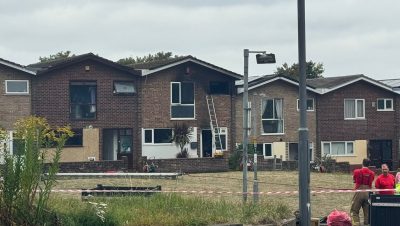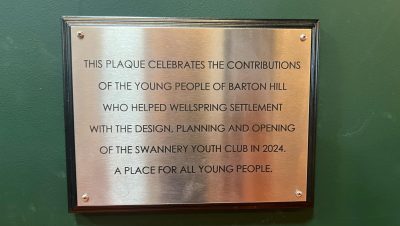News / Barton Hill
New app for residents to ‘monitor’ liveable neighbourhood changes
A new app will allow people who “live, work and regularly visit” Barton Hill to share their opinions about changes implemented in the area as part of the ongoing East Bristol Liveable Neighbourhood (EBLN) trial scheme.
The app developed by Greengage with over 10 organisations, including Knowle West Media Centre and Bristol City Council, is a central part of the Barton Hill Civic Observatory, which opened on Thursday at the Wellspring Settlement Centre.
“For us, the observatory is about democracy”, said Annali Grimes, who is closely involved with the execution of the project.
is needed now More than ever
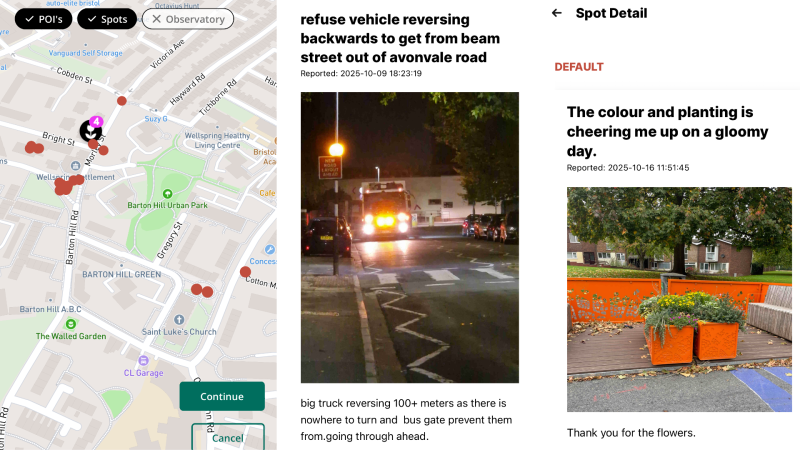
The Greengage app allows residents to add spots on the EBLN map and raise issues within the current scheme or flag features that they think must be retained
Grimes and other volunteers were busy engaging with residents attending the first of four workshops on the observatory’s opening day, where they were encouraged to mark problem spots on maps of the scheme area, leave written notes and record problems in their own voices at “conversation stations”.
These “neighbourhood whispers”, Grimes believed, are crucial to document people’s emotions which might otherwise be lost in written data.
All inputs – written, spoken or data on the app – are then pooled together and managed on a dashboard, which recognises the tonality and segregates data into negatives and positives. Once a formalised report is created from this data, it will be relayed to the council for consideration.
People’s anonymously recorded voices will also then contribute to the creation of a sonic artwork, which Greengage hopes to release in December.
Once signed up on the app, users will be able to anonymously share their expectations from this data collection and mark EBLN measures that they think are problematic or the features of the scheme they like and wish to retain.
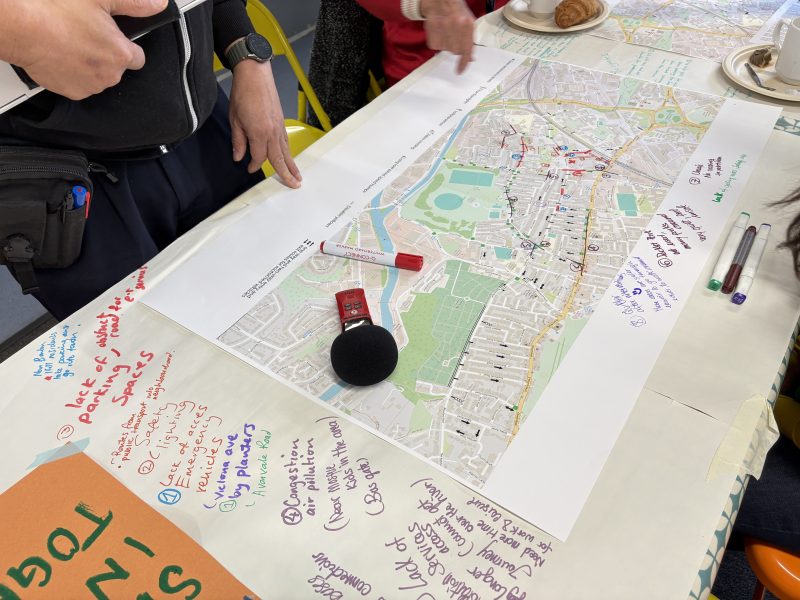
Residents participating in the sessions on Thursday could write issues and mark spots on physical maps
At a full council meeting in December 2024, it was said that the EBLN scheme was born out of a Citizens’ Assembly. Grimes explained that while there are people who know this, many might be unaware that “the road closures in the EBLN were one of the ideas from the Citizens’ Assembly concept”.
“So the observatory is a way that when changes come into the neighbourhood, the citizens can monitor them themselves,” Grimes said. “The whole beauty of this is that we work with specifically marginalised groups, who are most affected by the changes that are coming into their neighbourhood.”
She added that these were also people who are “not generally or traditionally” part of the decision-making process, a narrative that she believes this observatory can change.

The “conversation stations” at the Barton Hill allow residents to record their opinions in their own voices
While this project has been commissioned by the council for the entire EBLN area, Grimes said that the teams involved quickly realised that the “most disproportionate problems” are in Barton Hill, which then became their focus area.
Grimes pointed out that while some other residents who live in a different area of the scheme see the “quiet” the trial has brought as an advantage, in Barton Hill it has left residents feeling “socially isolated”.
“For him (the resident living near the Avonview Cemetery in St George), he was feeling very positive about the quiet road and not having that rat run anymore. Even though he needs to drive 10 extra minutes to find parking, he is okay with that sacrifice because he can feel the benefit of that road being quiet and the safety of his daughter.
“However, in this neighbourhood (Barton Hill), even though it’s quieter, a counter-effect is that people feel it’s too quiet. They feel it’s like Covid-19. They are now feeling more socially isolated. People don’t want to get out of their houses in the night or just walk back because there are no cars, there are no people.”
Through data collected and such problems highlighted, measures like better lighting and other viable solutions can be developed so all communities can feel equally benefited by the scheme.
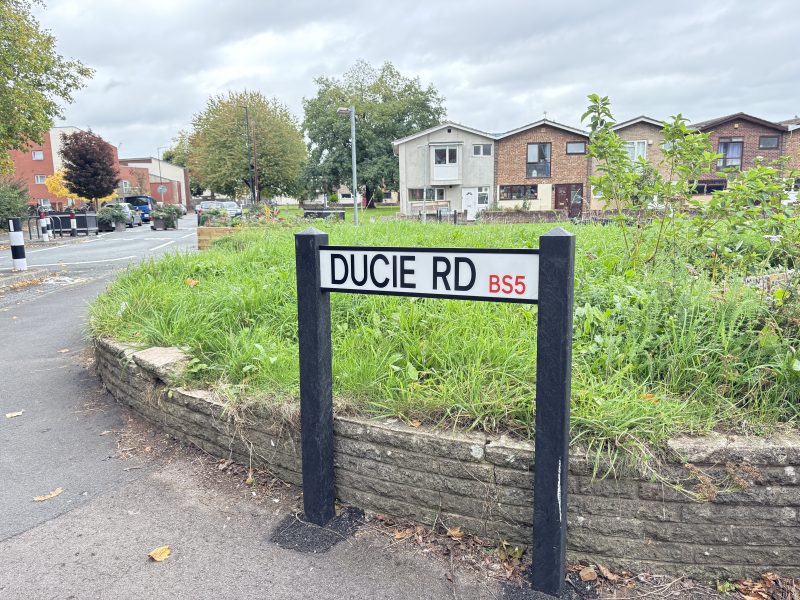
Ducie Road was the trial area for residents learning to use the app on Thursday
Grimes said: “The whole concept of the observatory is putting people in a position where they can participate in what goes on in their neighbourhood, that they can have a say.
“What’s happening in this community is that people are taking pictures and they’re putting them all on Facebook. Everything is out there, but none of that is legit data.
“So what we can now do is we give people a platform that can put all of that there – it’s crowdsourcing. The more information we get, the more it becomes validated. We’re giving the council a legit platform that they can look at and trust.”
All photos: Karen Johnson
Read next:
 Our newsletters emailed directly to you
Our newsletters emailed directly to you














